The moment I got my first dental crown, I felt both relief and hesitation. On one hand, the pain was gone. I could finally chew again without wincing. On the other hand, I became hyper-aware of every bite I took. What if the crown broke? What if I loosened it while enjoying something as innocent as toast?
If you’re reading this, chances are you’re navigating similar thoughts. Crowning teeth is a significant dental investment—financially, emotionally, and physically. Whether you’ve just had one place or have had crowns for years, knowing how to care for them, especially through your diet, is crucial.
The good news? You don’t have to live off mashed potatoes and smoothies. But there are foods and habits to embrace, and some to avoid. This article will walk you through a smile-friendly diet built for crowned teeth, based on both expert insights and lived experience. Let’s make eating enjoyable and crown-safe again.
What Are Crowned Teeth and Why Do They Matter?
A dental crown is essentially a cap that covers and protects a damaged, decayed, or weakened tooth. It restores strength, function, and appearance—allowing you to chew, speak, and smile with confidence. Crowns can be made of materials like porcelain, ceramic, gold, or resin composite, and each one behaves slightly differently when it comes to durability and sensitivity.
Unlike natural enamel, crowned teeth have specific tolerances. That’s why your diet matters. Chewing on the wrong foods—or even drinking the wrong beverages—can lead to crown damage, gum irritation, or worse, a broken crown that needs replacement.
So yes, your crown may look like a real tooth, but it requires just a bit more thought and care—especially at mealtimes.
MECE Breakdown: Smile-Friendly Diets for Crowned Teeth
Let’s organize your dietary needs using the MECE (Mutually Exclusive, Collectively Exhaustive) framework. This ensures we cover everything you need to know without overlap or confusion.
Food Categories That Support Crown Longevity
Soft, nutrient-rich foods are generally best for crowned teeth. After my procedure, I focused on foods that were gentle on my mouth while still nourishing. Think steamed vegetables, soft fruits, lean proteins, and whole grains.
Bananas, oatmeal, yogurt, cooked spinach, and scrambled eggs became my daily go-to. Not only are they easy to chew, but they also promote healing and reduce inflammation around the gum line where the crown meets the tooth.
The key? Find foods that won’t crack, wedge, or overly stress the crown while still giving your body what it needs.
Foods to Watch Out For (And Why They Matter)
Let’s be real: no one wants to be told to give up their favorite snacks or drinks. But with crowned teeth, moderation and awareness are your best friends.
I learned this the hard way with caramel candy. It didn’t break my crown, but it sure loosened it enough that I had to go back to the dentist within days. Sticky, hard, and overly crunchy foods pose real risks.
Avoid things like:
- Chewy candies (taffy, caramel)
- Very hard bread crusts or bagels
- Ice cubes (never chew them)
- Popcorn kernels
- Nuts that require excessive pressure
It’s not about banning these foods from your life—it’s about being mindful. I still enjoy crunchy granola—but I soak it in almond milk to soften it first.
Beverages: Hidden Threats and Better Choices
Surprisingly, drinks can be just as damaging as solid foods. Acidic beverages like soda, citrus juices, and even wine can wear down the cement that bonds your crown. This can cause gaps, leaks, or increased sensitivity.
After I had my crown placed, I switched from citrus-based drinks to herbal teas and plain water. I also started rinsing my mouth with water after drinking coffee to protect both the crown and surrounding gum tissue.
And let’s not forget alcohol. While an occasional glass of wine is fine, excessive alcohol consumption can dry out your mouth, weakening your saliva’s natural defense against bacteria and crown decay.
Nutritional Support for Gums and Underlying Teeth
Don’t forget: the tooth under the crown still exists—and so do the gums around it. Eating foods high in calcium, vitamin D, and vitamin C supports both the crown and your overall oral health.
I started incorporating more kale, chia seeds, and oranges into my meals (I eat the oranges in moderation and rinse afterward). These helped me strengthen my teeth from the inside out. Good nutrition equals better outcomes for crowned teeth—and during a routine visit, the team at Nuffield Dental even complimented the improved condition of my gums and enamel. That kind of feedback reinforces the effort.
My Life After Crowning Teeth
At first, I treated my crown like porcelain—fragile, precious, something to be protected at all costs. But over time, as I adjusted my diet and got used to new habits, it just became part of my life.
Now, I don’t think twice when I smile in public. I eat with more awareness, sure—but I still enjoy the foods I love. I’ve simply learned to prepare them differently or choose smarter versions.
And the best part? That little crown restored my confidence and eliminated the constant worry I had about that one bad tooth. It was worth every adjustment.
Final Thoughts and Calculations
Here’s a simple way to look at it:
Say your crown costs $1,500 and lasts 15 years. That’s $100 per year, or about $0.27 per day. It’s a tiny price to pay to keep your tooth strong and your smile confident.
But replacing a crown prematurely because of damage from poor eating choices? That could cost double, plus the added hassle of repeat visits and discomfort.
So why not invest a little in your eating habits now?
Eat smarter. Drink thoughtfully. Smile boldly.
Because your crowned tooth deserves more than just protection—it deserves the chance to thrive.
Frequently Asked Questions
Can I Eat Normally with a Crown?
Yes, but some caution is needed. Avoid overly hard, crunchy, or sticky foods. Everything else is fair game with a bit of mindfulness.
Do I Need to Cut Out All Sugar?
Not entirely. You can still enjoy sweets in moderation—but follow with water rinsing and good oral hygiene to protect the crown and gum line.
Is Coffee Bad for Dental Crowns?
Coffee isn’t damaging on its own, but over time it can stain crowns (especially resin ones) and contribute to dry mouth. Rinse your mouth or drink water after coffee.
How Long Before I Can Eat After Getting a Crown?
If you received a temporary crown, wait at least an hour and avoid sticky or hard foods until your permanent crown is in. After permanent placement, normal eating can resume shortly after the numbness wears off.
Are There Foods That Can Help a Crown Last Longer?
Yes. Soft, non-acidic, nutrient-dense foods help reduce wear and support the surrounding gums and tooth root. Think leafy greens, lean proteins, and dairy or dairy alternatives high in calcium.









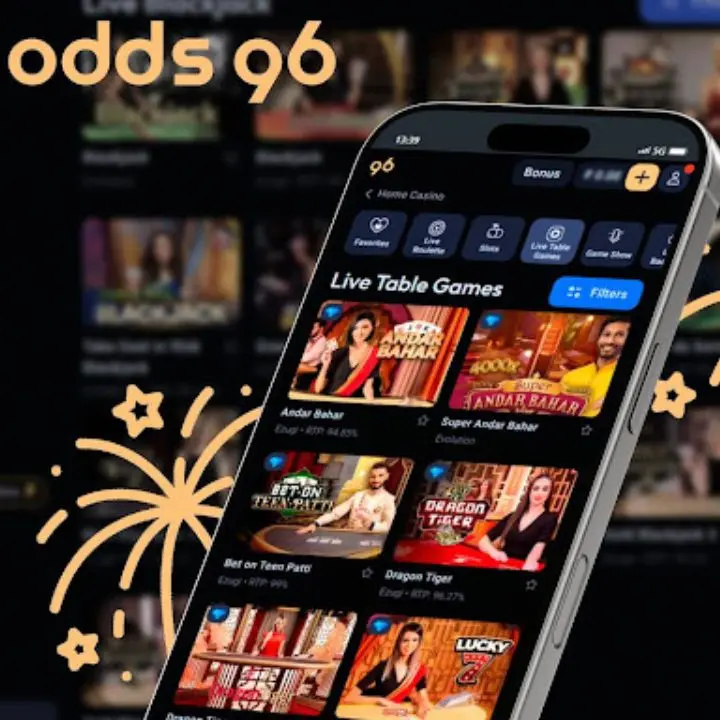




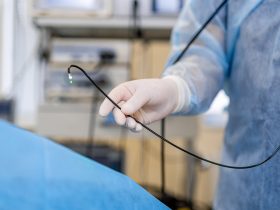
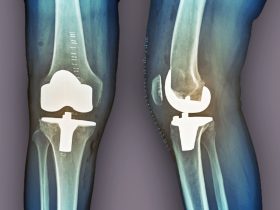




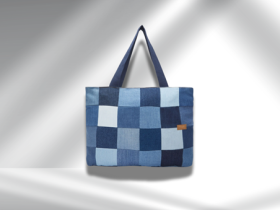
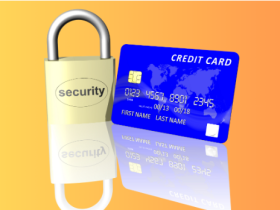













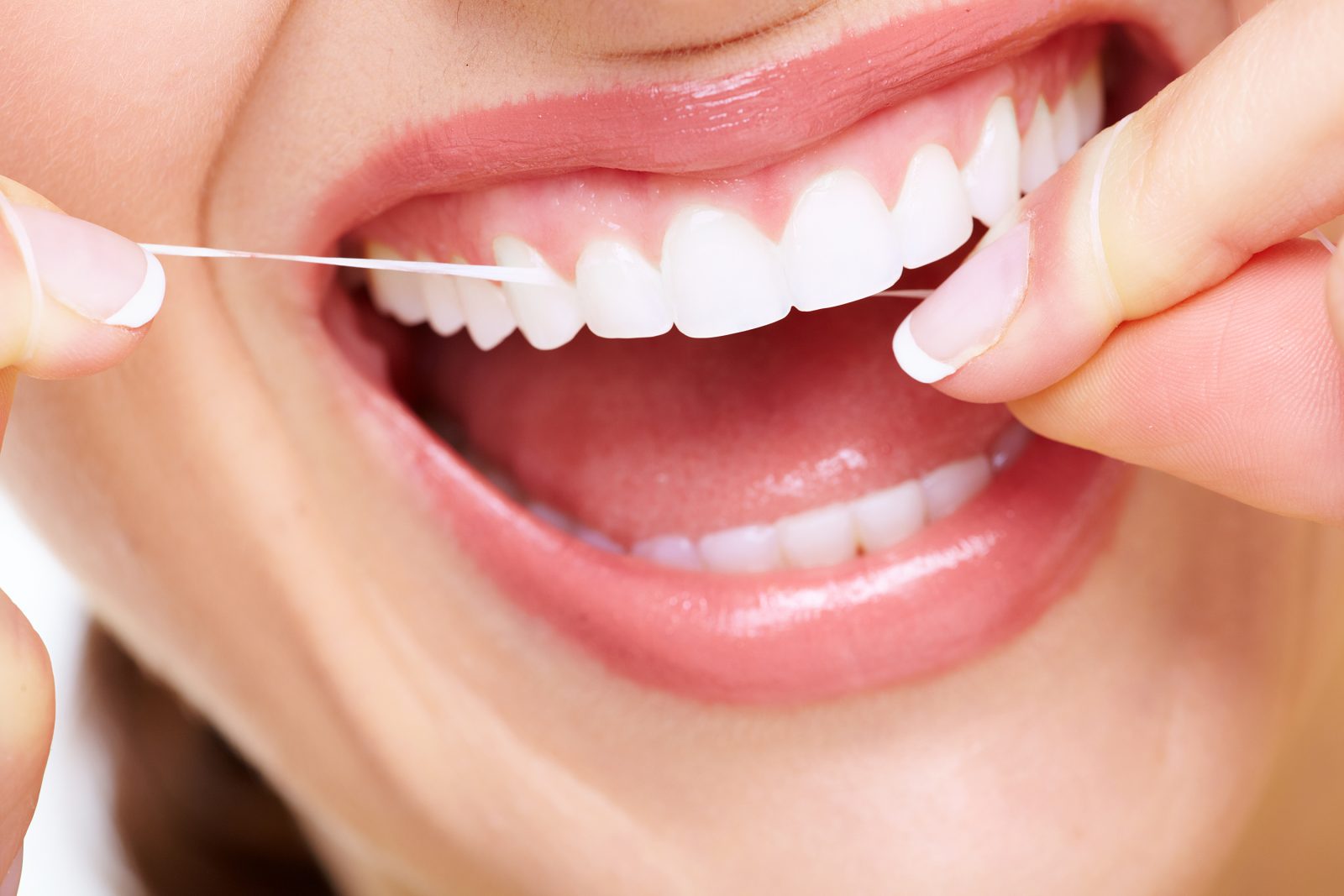



Leave a Reply